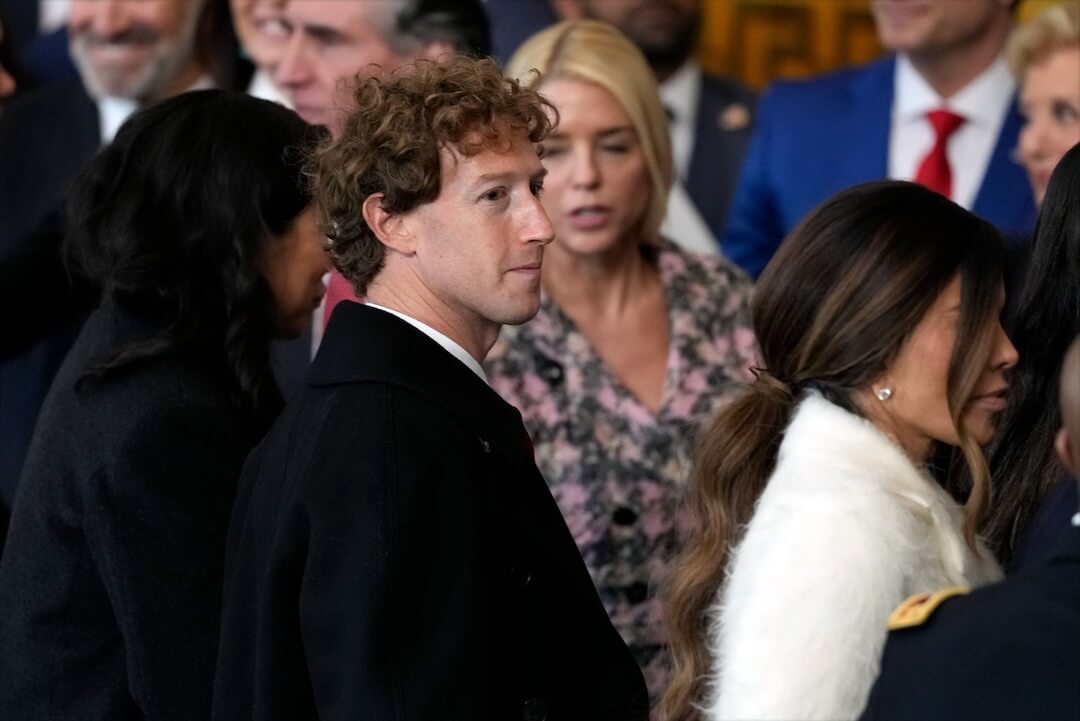The following vocabulary list is not intended to make you a world-class photographer. However, it will help you understand the lingo of photojournalism and aid you when communicating with photographers.
PHOTOJOURNALISM: is the craft of employing photographic storytelling to document life: it is universal and transcends cultural and language bounds.
JUXTAPOSITION: the act of placing or positioning items in the image area of a photograph side by side or next to one another to illustrate some comparison.
COMPOSITION: the arranging of informational and/or artistic elements with a viewfinder so as to form a unified whole or image that imparts information or an idea.
FORMAT: generally refers to the size of the negative produced by the camera. There are three basic formats: small (35mm), medium 2 1/4 or 4×5), and large (8×10 or Sheet Film). Photographers often use the term when referring to the shape of the image as in vertical, horizontal and square images. Of late, many photography department folk will use the term “file format”, referring to the type of computer format in which the electronic image has been saved, i.e. TIFF, EPS, JPEG, etc.
LONG GLASS: refers to a Telephoto lens that magnifies the subjects in an image and covers a narrow angle of view of a scene. At a very basic level, these lenses create the enlarging effect by extending the lens-to-film distance within the camera.
DEPTH OF FIELD: simply put, it is the apparent sharpness of a photograph considering the distance between the nearest and farthest elements that appear to maintain acceptable sharpness and clarity.
TRANSMIT or UPLINK: the process of sending a photograph from one location to another via telephone lines, cellular circuitry or satellite delivery.
THE THROW: the distance between the subject and the camera position with a particular lens. Usually, photographers use this term when using very long lenses with focal lengths of 300 mm or higher.
EPD (Electronic Picture Desk): the most popular picture desk in the industry today is The Associated Press’ computer processing unit (CPU) known as the Leaf Picture desk. It serves primarily as a receiving station for pictures transmitted from photo services, agencies, other publications, and photographers in remote locations. It also has a dual function as an electronic darkroom where a photograph can be cropped, processed, and output for usage in the final product.
SCANNER: a front end capture system, or device that scans the film or transparency and creates a digital version of the photograph. The electronic file can be saved in several computer formats.
ZONING: refers to presetting one focus to photograph action so that the area where the action is anticipated to take place will be in focus.
WILD ART: Stand-Alone, Feature Shot, Enterprise art are found moments that are intended to be realistic slices of everyday life.
AVAILABLE: refers to the natural light or existing lighting conditions under which an image is made.
BRACKETING: a common photographic approach whereby the photographer will take several frames of the same scene at different exposure settings. This is usually done with a difficult lighting situation.
DODGING AND BURNING: simply refers to the lightening and darkening of areas of the photograph by altering the amount of light hitting the print.
PIXEL: fundamental picture element of a digital photograph. A single digital or electronic photograph is made up of thousands of pixels.
STROBE: is an electronic flash device that provides artificial, supplementary lighting.
BODY: many photographers refer to the camera this way. Basically, they are talking about the light-proof device with a diaphramed lens through which the image of an object can be focused and recorded on a photosensitive medium.
DYNAMIC RANGE: refers to the varying gray values, or the spread of gray values, in an image that are possible reproduction. Am image with a high dynamic range suggests a wide number of gray levels and is normally associated with good contrast levels.
FAST LENS AND FILM: (Speed) every photographer wants speed, which refers to lenses that open to a large f-stop (aperture setting). the larger f-stops allow greater amounts of light into the lens. Also, faster film bases are very sensitive to light and allows the photographer to take pictures in very low light settings.
BOUNCE CARD: a small white card used to redirect the stream of light and soften the quality of light being emitted from a strobe or flash unit.
RIP: A Raster Image Processor is a production device where a digital file is converted into a raster image. An electronic beam draws a file, one line at a time, to a paint or display device, film recorder, or printer.
ASPECT RATIO: the proportion of an image size given in terms of the horizontal length vs. the vertical height. A 5×7 image has a ratio of 7:5.
GLITCH OR ARTIFACT: something unnatural in the scanning process that impairs the image quality or causes unwanted distortion.
NEW YORK SOFT VS. SHARP: soft is a description for an image that is blurred or out of focus, just as sharp describes an image or part of an image that shows crisp detail and precise texture.
F-STOPS: sometimes called f-numbers, are nothing more than the numerical designations indicating the size of the aperture that governs the amount of light entering the lens. (f/2, f/5.6, f/16, etc.)
COMPRESSION: the reduction of the picture information to reduce the file size. it is accomplished through the sampling and averaging of the file’s data. By doing so, you reduce the amount of transfer time during transmission as well as the amount of space needed for storing or archiving the files.
SEEING LIGHT: refers to the ability of the photographer to see and capture the effects of light and shadow in the world around us./
MOMENTS: photographers seek to capture the natural and candid events of history. Their quest to capture “moments” comes from the famous French documentary photographer Henri Cartier-Bresson and his consistent ability to capture decisive moments in time without disrupting a particular situation.
SHOOTER: A term that has long been associated with newspaper photographers. Today the term is rather controversial. Many journalist feel that the term does not acknowledge the valuable contributions of the photojournalist or news photographer.
DIGITAL PHOTOGRAPH: Simply is a photograph that has been captured electronically on a hard drive (storage device) or converted from film to digital format through an electronic scanning process.
IN-CAMERA MANIPULATION: refers to certain measures and steps taken by the photographer to produce a desired effect, such as filers, lens choice, angles, and/or multiple exposures.
COMPUTER ENHANCEMENT: refers to contrast adjustments, toning, color correcting dodging and burning to prepare an image or photograph for production.
PHOTO ILLUSTRATION: is either a set-up photograph (usually in a studio with no digital alteration) that is illustrative in nature and is clearly out of the realm of reality. Traditionally, it is an approach used for fashion, food and product photographs.
GRAPHIC ILLUSTRATION: no photo resource material — created through traditional means or by digitally drawing on a computer to achieve a particular effect.
COMPUTER IMAGE: pure digital illustration — created on a computer to achieve a particular effect — which either uses photographs as its base material, or is so photorealistic that it may be perceived as being real. The images are not real events that have occurred in history but rather are manifestations of ones imagination.
JOB: a request for coverage or assignment idea coordinated with the photography department.





